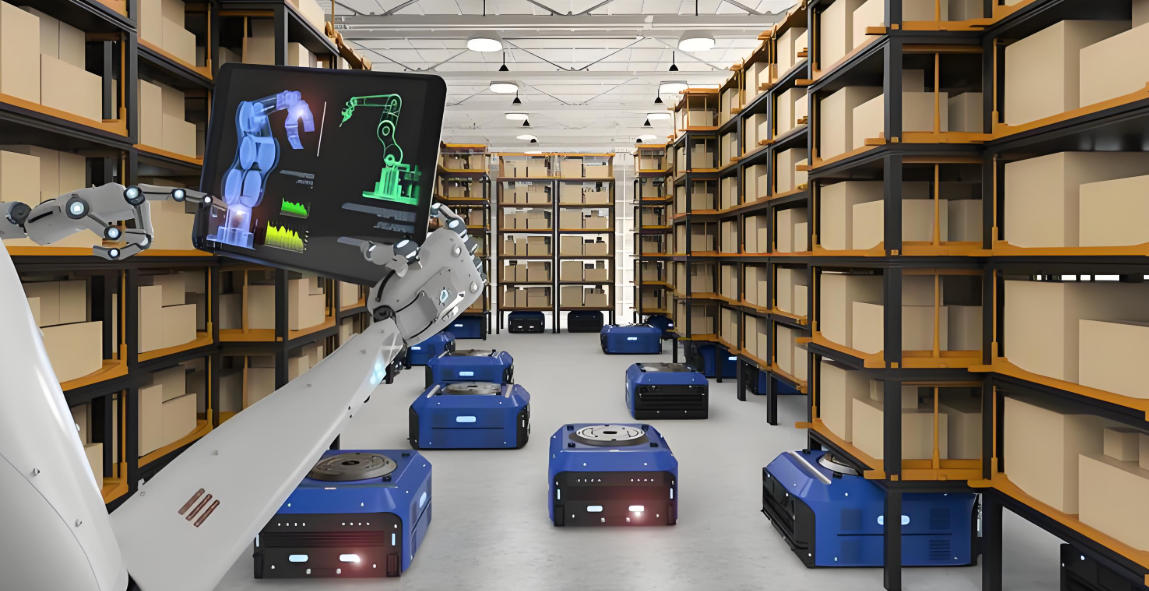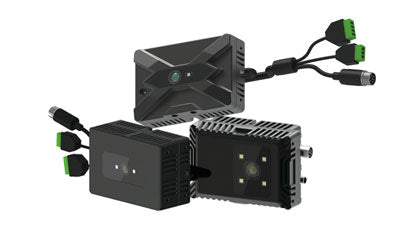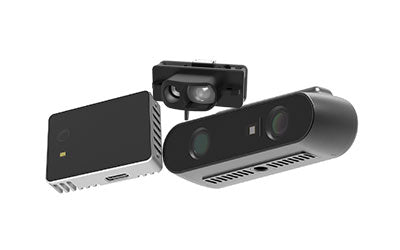TOF 3D Technology Boosts Warehouse Automation & Inventory Accuracy

How can TOF technology enable automated sorting and inventory management in warehouses and logistics?
With the rapid growth of e-commerce and supply chains, the warehouse and logistics industry is facing unprecedented pressure on efficiency and costs. Traditional manual operations are no longer sufficient to handle surging order volumes, dense warehouse layouts, and strict timeliness requirements. TOF logistics technology (https://en.wikipedia.org), as an advanced 3D sensing method, is becoming the core driver of warehouse automation and automated sorting, offering efficient and intelligent solutions for logistics enterprises. This article will explain in detail from five aspects: challenges of smart logistics, TOF applications, inventory management, cost analysis, and future trends.
What is Smart Logistics?
Smart logistics refers to a modern logistics model that leverages IoT, big data, AI, automation equipment, and sensing technology to achieve digital and intelligent management and optimization of the entire logistics process.
By enabling real-time data collection, analysis, and prediction, smart logistics allows efficient coordination and resource optimization across warehousing, transportation, sorting, and distribution. This improves efficiency, reduces costs, minimizes human errors, and ensures rapid response to market demands. For example, smart logistics systems can automatically plan delivery routes, monitor inventory status, and dispatch automated warehouse equipment to achieve fully or semi-automated operations.
1. The Development and Challenges of Smart Logistics
With the boom of e-commerce, cross-border trade, and express delivery services, the warehouse and logistics sector faces tremendous pressure. During holiday peaks and sales events, order volumes skyrocket, and traditional manual sorting, stocktaking, and inventory management methods fail to meet speed and accuracy requirements. Rising labor costs further intensify the need for warehouse automation.
-
Order growth pressure: Modern warehouses must process thousands of orders in a very short time. During large-scale promotional events, manual sorting often cannot keep pace, causing shipping delays and customer complaints.
-
High labor costs: Hiring large teams of sorters and stock clerks increases expenses for wages, training, and management, creating long-term operational burdens. Automation can significantly reduce reliance on manual labor and improve cost efficiency.
-
Dense warehouses and complexity: With compact storage layouts and diverse, stacked items, manual operations are prone to errors, reducing inventory accuracy and overall warehouse efficiency.
Against this backdrop, TOF logistics technology emerges as a solution. With its high-precision 3D sensing capabilities, TOF cameras can capture parcel dimensions, shapes, and orientations in real time, enabling automated sorting and accurate inventory stocktaking. Integrated with warehouse management systems, TOF also enables space visualization, optimizes goods placement, and increases storage utilization.
By incorporating TOF technology, warehouses can not only handle surging orders efficiently but also reduce labor costs and operational risks—achieving true warehouse automation and efficient management. TOF technology is becoming the backbone of smart logistics, empowering enterprises with precision, efficiency, and sustainability.

2. TOF Applications in Automated Sorting
In modern warehouses, order volumes are large, sorting needs are fast, and items are diverse—making manual sorting increasingly inadequate. TOF (Time-of-Flight) technology, with its rapid and accurate 3D sensing capabilities combined with 3D depth cameras and intelligent algorithms, has become critical for improving automated sorting efficiency.
-
Real-time 3D recognition: TOF cameras capture parcel size, shape, and posture with high speed and accuracy, whether dealing with regular boxes or irregular packages.
-
Dynamic object tracking: By generating point clouds and depth data, TOF systems track moving parcels on fast conveyor belts, reducing errors, collisions, and damage.
-
Posture detection: For stacked, tilted, or irregular parcels, TOF identifies the best grasping angle for robotic arms, increasing success rates and sorting efficiency.
-
High-speed adaptability: Even under high-speed conveyor belt operations, TOF maintains stable recognition for continuous automated sorting.
-
Integration with intelligent algorithms: The 3D data captured by TOF integrates seamlessly with WMS or logistics scheduling systems to optimize sorting strategies—such as sorting by weight, volume, or destination.
By adopting TOF technology, logistics companies can achieve end-to-end automated sorting, reducing human intervention and errors while improving accuracy and throughput. In the future, with AI integration, TOF-based sorting systems will handle even more complex items and achieve self-learning and self-optimization.





